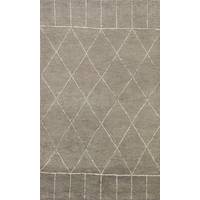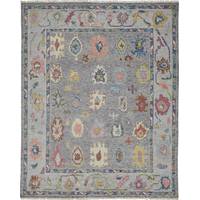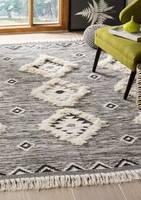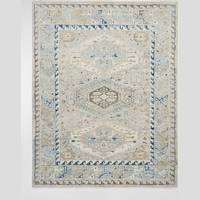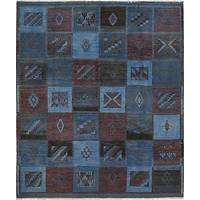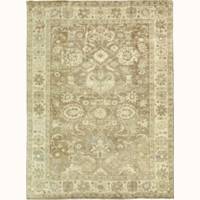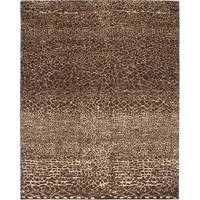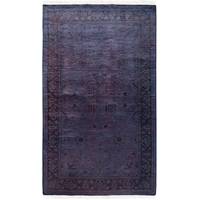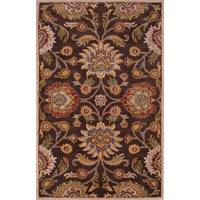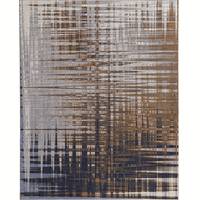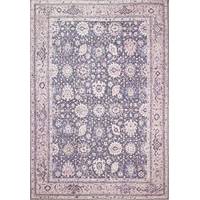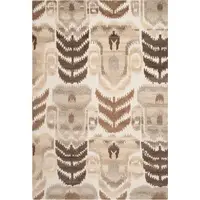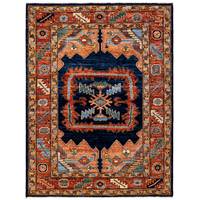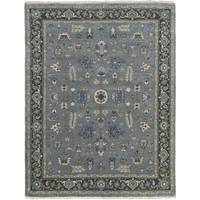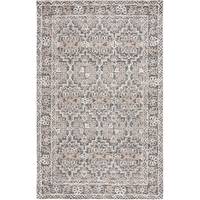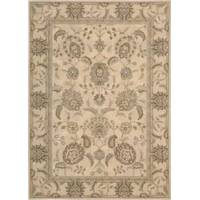Pasargad DC Navy Blue Hand Knotted Agra
Description
The Indian city of Agra, home of the infamous the Taj Mahal, has an extensive and notable tradition of carpet weaving. Agra was a major production center for the best of the classical Mughal Carpets. The city was likewise one of the three prominent carpet production centers in India. Even though the weaving industry in that area was limited, its workshops produced elegant antique carpets that have been praised for their thorough originality and workmanship. Semi-antique, as well as antique carpets from Agra, are greatly sought after, earning their rank among some of the finest decorative Indian carpets. Agra rugs made in the early 20th century were usually of a more marketable nature rather than the superb quality of their ancestral counterparts. The carpets produced during the 19th-century are universally valued by both interior designers and collectors. In addition, Agra rugs are distinct and highly acclaimed works of art whose delicate palette of color and fanciful drawings are quite unique among decorative antique carpets. Overall, most 19th-century Agra productions will also be considered as superb art investments. Today, Agra rugs are one of the, if not the most highly sought after rugs of 19th century India. In terms of production, they were extremely well made, possessing a satisfying amount of weight and durability. Overall, they're viewed as the best Indian rug from the post-Mughal era. Weaving in Agra can be traced back to the time of the founding of the Mughal Empire, 15th century. The Mughal emperors had a deep affection for Persian art and culture, especially their carpets. As a result, their desire sought to replicate the beauty of the Persian style. The first Mughal Emperor had spent time in exile in Persia and had grown to admire the Persian arts, something the later Emperors remained connected to. The result was a modified style that churned out masterworks of creative endeavor which became the fore-bearers of antique Agra carpets still available today. Agra carpets combine the grandeur and grace of the well-known Persian antique carpet designs with their own original themes. There can be observed designs of spiraling vines, often combined with small organisms such as birds, elephants, and even people. Developed for the Mughal emperors, a popular Agra carpet design consists of rows of flowers in vases. In turn, this design was embraced by the Persians and can be found in floral Persian carpets. The whole artistic "cross pollination"" between these two places, Agra and Persia, carried on until the end of the 19th century. Weavers of Agra were masters at vegetable dyeing and eventually created their own unique palette of color. Profusion of gold combined with soft mid-tone blues are often flaunted. The weavers furthermore used a range of soft rust-reds, pinks, and a quite appealing lavender tone. These combinations of color give many Agra rugs a light, ethereal appearance which is beautiful and stunning in any home."
You may also like
loading
Discover more










































